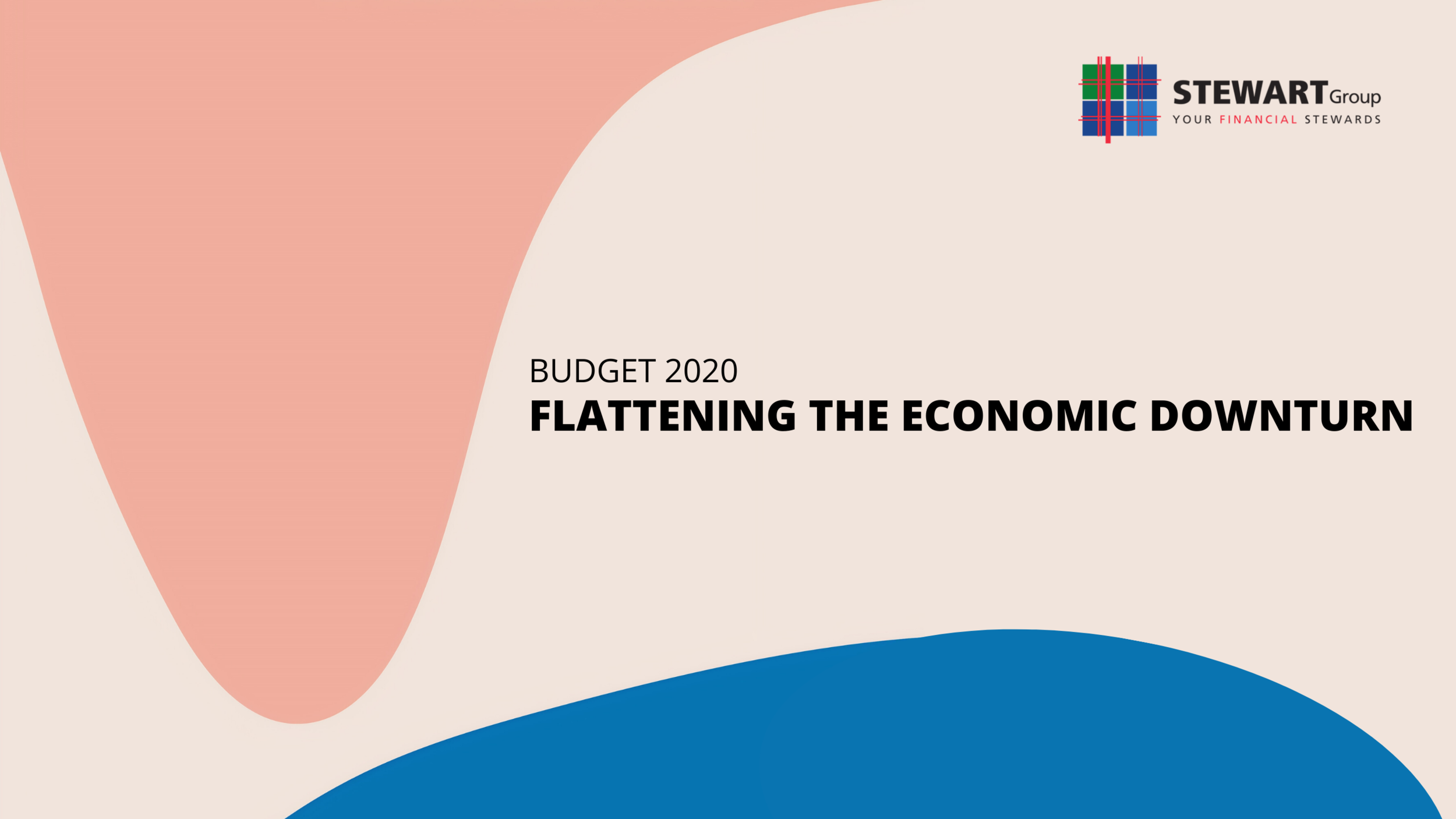By Nick Stewart
The government has unveiled Budget 2020 under the most challenging economic conditions since 1984 and with expectations from the whole nation that it will cushion the economy from the fallout from COVID-19, the stakes are surely high. This budget is seen as the voyager for our journey around the dark side of the moon.
This time last year the Government heralded the largest surplus in a decade. How times change during a global pandemic. Fortunately, prudent fiscal management over successive Governments has given us plenty of dry powder to weather the storm ahead.
Only last month the international rating gods gave the tick of financial fiscal good health to New Zealand, with Moody’s saying that ‘low government debt put New Zealand in the position where it could invest in infrastructure, housing, education, and measures to support families.’
The usual debate on Government revenue, taxes, and how that is sourced was parked to the side in this budget. Instead this is a Keynesian style budget with a heavy focus on Government expenditure. The levels of spending announced are indeed eye watering. $50b of new spending has pushed us well into deficit with our gross domestic product (GDP) up to 30% from 19%. Total Government debt is forecast to land at $200b by 2024, 53.4% of GDP, which is well up on the $60b pre Covid-19. In simple terms, $140b of fresh debt or $80,000 per Kiwi household. The Government anticipate further deficits in the years ahead and that we will finally be back to surplus in 8 years' time.
Many will ask what it will be spent on. To name but a few, a vast infrastructure spend of $15b that has already been announced plus an additional $3b, 8,000 new state houses, further support for business and their employees to the tune of $4b, $1.5b railway package, $1.6b for trades and training scheme, $1b for environmental jobs and a $50b COVID-19 recovery fund.
So where will the cash come from? The answer, drawing down debt from global markets.
This will cause many of us to naturally worry that high debt will be a burden on the young taxpayers. We all know this debt will need to be repaid and serviced. But this is not the first-time debt has got this high as a proportion of GDP. In fact, in 1992 it got to a little over 54%, and at that time, the Government was spending more on servicing their debt than it was on education or health.
Another announcement was that the successful wage subsidy scheme will be extended for an additional eight weeks. It’s success was in its simplicity, and speed of cash delivery, to affected businesses allowing them to support and carry their employees.
The extended scheme will be for businesses who have suffered a 50% drop in revenue. But many haven't seen a 50% drop in revenue yet and sadly they might not survive. They can only dream of having margins and cash reserves at levels that would see a 50% drop in revenue survivable. Media commentary suggests some firms capitulated and have already shrunk their workforce without certainty in recent weeks. It makes you wonder that given the wage subsidy scheme is only $3.2b of the programme why it couldn’t have been announced in previous weeks.
While some forecasts for growth and jobs are depressing, Treasury forecasts the fiscal stimulus in the budget will save 140,000 jobs over the next two years and help employment growth to the tune of 370,000 jobs over four years. The unemployment rate could return to its current rate of 4.2% within two years. This does seem to be a heroic assumption coupled with the budget forecasting GDP to bounce back in the 2022 financial year with growth of 8.6%.
Details have not yet been fully released for the $50b COVID-19 recovery fund that is being created and the $20b that is being held back for future investment. With Government suspending regulatory impact statements paving the way for new COVID-19 spending, fiscal hawks will be on a watching brief.
Time will tell what we can expect in Hawke’s Bay as the details of the planned rollout of the COVID-19 recovery fund are released. Locally businesses will be eager to see details on how $433 million will be injected into regional environmental projects that are forecast to create 4,000 jobs over the next five years.
The Prime Minister isn't wrong when she says that ‘New Zealand is about to enter a very tough winter’. The upside is that with interest rates at record lows and the world awash with liquidity, now is a good time to use our dry powder and invest in God’s Own. The quality of the spending can only be determined with the fullness of time and the patience of job.
Nick Stewart is an Authorised Financial Advisers and CEO at Stewart Group, A Hawke’s Bay-based CEFEX certified financial planning and advisory firm. Stewart Group provides personal fiduciary services, Wealth Management, Risk Insurance & KiwiSaver solutions.
The information provided, or any opinions expressed in this article, are of a general nature only and should not be construed or relied on as a recommendation to invest in a financial product or class of financial products. You should seek financial advice specific to your circumstances from an Authorised Financial Adviser before making any financial decisions. A disclosure statement can be obtained free of charge by calling 0800 878 961 or visit our website, www.stewartgroup.co.nz


